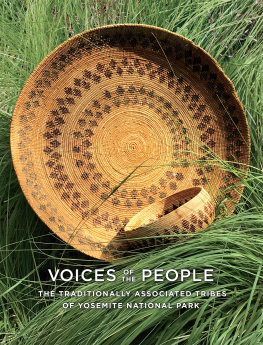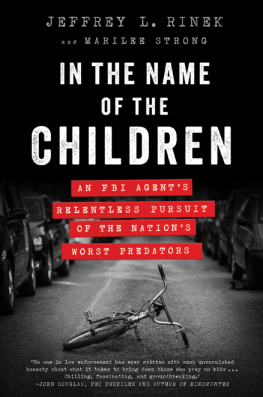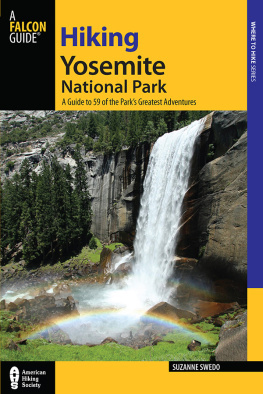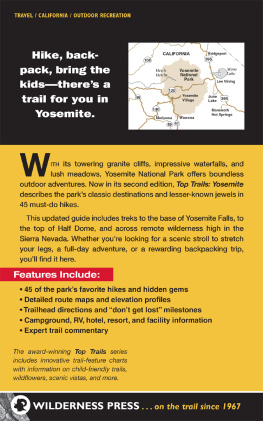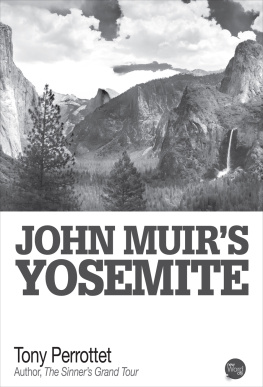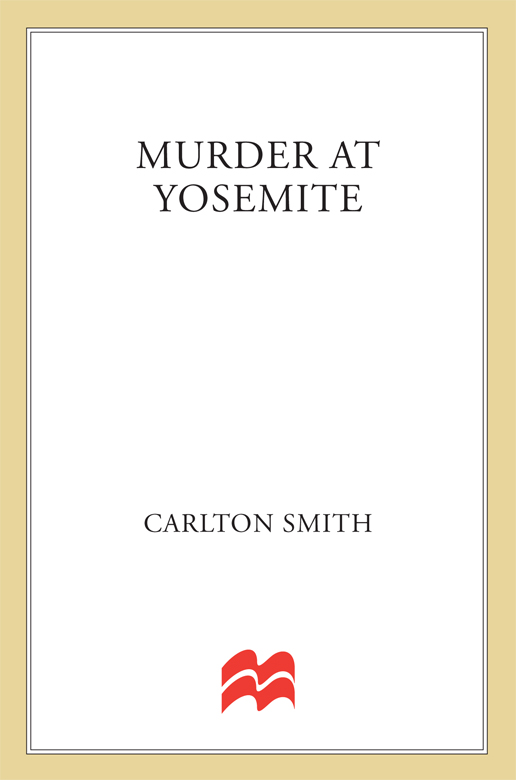Contents
Guide

The author and publisher have provided this e-book to you for your personal use only. You may not make this e-book publicly available in any way. Copyright infringement is against the law. If you believe the copy of this e-book you are reading infringes on the authors copyright, please notify the publisher at: us.macmillanusa.com/piracy.
CONTENTS
Dear Reader:
The book you are about to read is the latest bestseller from the St. Martins True Crime Library, the imprint the New York Times calls the leader in true crime! Each month, we offer you a fascinating account of the latest, most sensational crime that has captured the national attention. St. Martins is the publisher of perennial bestselling true crime author Jack Olsen whose SALT OF THE EARTH is the true story of one womans triumph over life-shattering violence; Joseph Wambaugh called it powerful and absorbing. Fannie Weinstein and Melinda Wilson tell the story of a beautiful honors student who was lured into the dark world of sex for hire in THE COED CALL GIRL MURDER. St. Martins is also proud to publish critically acclaimed author Carlton Stowers, whose 1999 Edgar Award-winning TO THE LAST BREATH recounts a two-year-old girls mysterious death, and the dogged investigation that led loved ones to the most unlikely murderer: her own father. In the book you now hold, MURDER AT YOSEMITE, veteran reporter and bestselling author Carlton Smith looks at a series of brutal murders at one of our most famous national parks, a case that has received international attention.
St. Martins True Crime Library gives you the stories behind the headlines. Our authors take you right to the scene of the crime and into the minds of the most notorious murderers to show you what really makes them tick. St. Martins True Crime Library paperbacks are better than the most terrifying thriller, because its all true! The next time you want a crackling good read, make sure its got the St. Martins True Crime Library logo on the spineyoull be up all night!

Charles E. Spicer, Jr.
Senior Editor, St. Martins True Crime Library
Yosemite: for most of his life, it seemed, Yosemite had been some sort of lodestone, subtly drawing him, or at least influencing his fortunes and that of his poor, tattered, tragic family. Who knew what the places power was, or where it came from? But it called to him, summoned him, in a deep way he did not completely fathom. It was light, it was air, it was darkness; and in some part of his mind, the killer knew the park was menace, although he could never explain how, or why. It was freedom, and it was nature; and true nature was as savage as it was unpredictable.
As he was
from Murder at Yosemite
AUTHORS NOTE AND ACKNOWLEDGMENTS
Yosemite National Park remains one of the nations greatest natural treasures: a huge expanse of fragile alpine wilderness, spectacular gray granite escarpments, majestic waterfalls descending thousands of feet to a valley floor so pristine that its earliest visitors considered it the closest thing to Eden left on Earth. Each year, nearly four million people visit the park for camping, hiking, swimming and rock climbing; many, in fact, do little more than gape at the awesome scenery, one of natures monuments to the power of the planet to create and redefine itself over the eons of its existence.
The abrupt, mysterious disappearance of three women among those four million annual visitors in the early months of 1999 transfixed two nations; it wasnt just that they vanished without any reasonable explanation, although that was peculiar enough. It was the fact that they had disappeared at the very doorstep of one of the countrys most impressive symbols of our civility, an outdoor wonderland where usually the most threatening reality is the prospect of hungry bears conducting car prowls for inadequately sealed sack lunches, or the occasional traffic jam.
But the vanishing of Carole Sund, Juliana Sund, and Silvina Pelosso during the night of February 15, 1999 from a motel at the parks gateway raised the prospect of another, far more deadly threat; violence of man against woman, and in such a place of beauty it seemed particularly obscene. And because of the nature of the victimsinnocents, people who had done nothing more than attempt to enjoy themselves while basking in natures glory, just as millions before them had and will againAmerica turned its collective eye on Yosemite Park and wondered: would it ever be safe to go to any of our national parks again?
As an FBI agent later put the events in perspective, Carole, Juli, and Silvina represented good, people doing innocent, happy things; and the very fact that they had fallen victim to random, mindless violence struck a chord in all of us. In the most visceral way, it told us that none of us was truly safe, no matter where we were. In short, what had happened to Carole, Juli, and Silvina could have happened to any of us, and it made us all recoil.
It was the peculiar nature of Carole, Juli, and Silvinas disappearance that was to affect the events that followed. One evening they were there, doing normal things, eating hamburgers and watching videos; the next morning they were simply gone, along with all their luggage and their rented car. No one knew what had happened to them, and there was not a shred of visible evidence left behind to hint at their fate.
The complete absence of any clue as to what had befallen the trio in turn prompted law enforcement to adopt unusual tactics. Pressed by the families of the missing to mount an all-out search, augmented by monetarily significant rewards, the Federal Bureau of Investigation actively sought the assistance of the public in helping to develop leads. That, in turn led to an unusually cooperative relationship between the FBI and the news media, at least at the beginning. Indeed, the way the disappearance of the trio and the subsequent events unfolded is as much a story of the relationship between law enforcement and the news purveyors as it is a story about an investigations progress and the dreadful events that were subsequently revealed. For that reason, this book stands as much as a critique of the performance of the news media as it does an accounting of the events that ended in tragedy.
Because of this, I have tried as much as possible to explain not only the events surrounding the disappearances, but also the reasonings behind the FBIs actions, as well as those of the news media; indeed, the two all-too-often mixed together, at times with good results, and at others with ill.
After the awful truth of what happened was revealed, the FBI and other law enforcement agencies came in for considerable criticism, much of it from the formerly cooperative news media, for a number of decisions and assumptions that were made during the investigation. Having relied upon the FBI as their primary authority in the beginning, the news medias subsequent criticism of the agency was to seen a bit jaundiced. In truth, given the circumstances it initially faced, the FBI did pretty much all it could do. It was only after specific evidence was developed that a viable pathway of investigation emerged. That the pathway led publicly to a series of suspects who may not have been directly involved in the events was simply thorough police work, and an investigative tack that would have been taken by any law enforcement agency in America, given the circumstances; that the names and the focus of the investigation became public, and the public was led to believe that a resolution was at hand was far more the result of news media excesses in the climate that had previously been created than it was the fault of the FBI. As the FBI repeatedly pointed out, it wasnt they who named names and advanced theories as to what had happened; instead it was the news media, caught in the ever-shortening gap between rumor and the rush to report.


